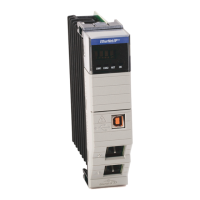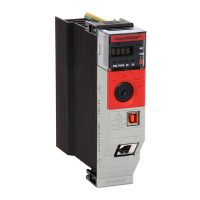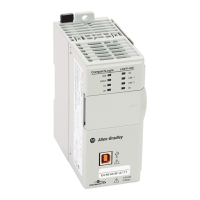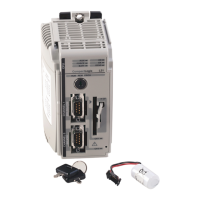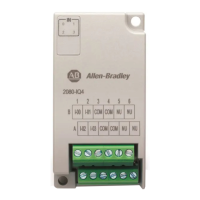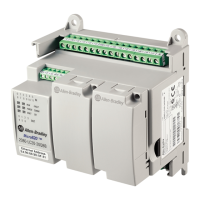Rockwell Automation Publication 1756-PM020F-EN-P - January 2019 39
The Structure Handle comes from Template instance attribute 1 of the
template instance associated with the tag. It is a calculated field, but
generally it is not necessary to calculate the value. Reading and
understanding the template information provides all the required information
about the structure makeup to unambiguously access it. With that
understanding, the client application can use the Structure Handle value read
from the template instance attribute 1, rather than calculating it. For more
information about structure templates, see Chapter 2, CIP services and
user-created tags.
When choosing to calculate a Structure Handle, the process used to calculate
this value can be found on this website:
https://www.rockwellautomation.com/resources/downloads/rockwellautomat
ion/pdf/sales-partners/technology-licensing/TypeEncode_CIPRW.pdf
In Logix controllers, arrays report the data type of its members. An array of
an atomic type reports the corresponding 2 byte Tag Type Service Parameter,
while an array of structures reports the corresponding 4 byte Tag Type
Service Parameter.
Important:
Reading a structure before writing to it is one way to obtain the value for this parameter, but
that does not provide any understanding of the structure makeup, which is critical information
when manipulating structure data. Also, the Structure Handle value is not unique among
structures. Some positional changes of members within an otherwise identical structure yield
the same value.
The correct way to access structures as a whole is to first read their template information and
understand the data packing. This assures that the application knows what data type is in what
position.
When reading the structure to get the Structure Handle value before writing
to it, be aware that the results may be ambiguous. Reserve this method only
in cases where the control system development is complete and no further
data structure changes will be made.
See also
CIP Services and user-created tags on page 41
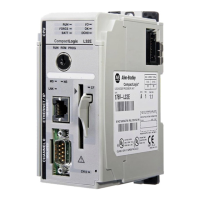
